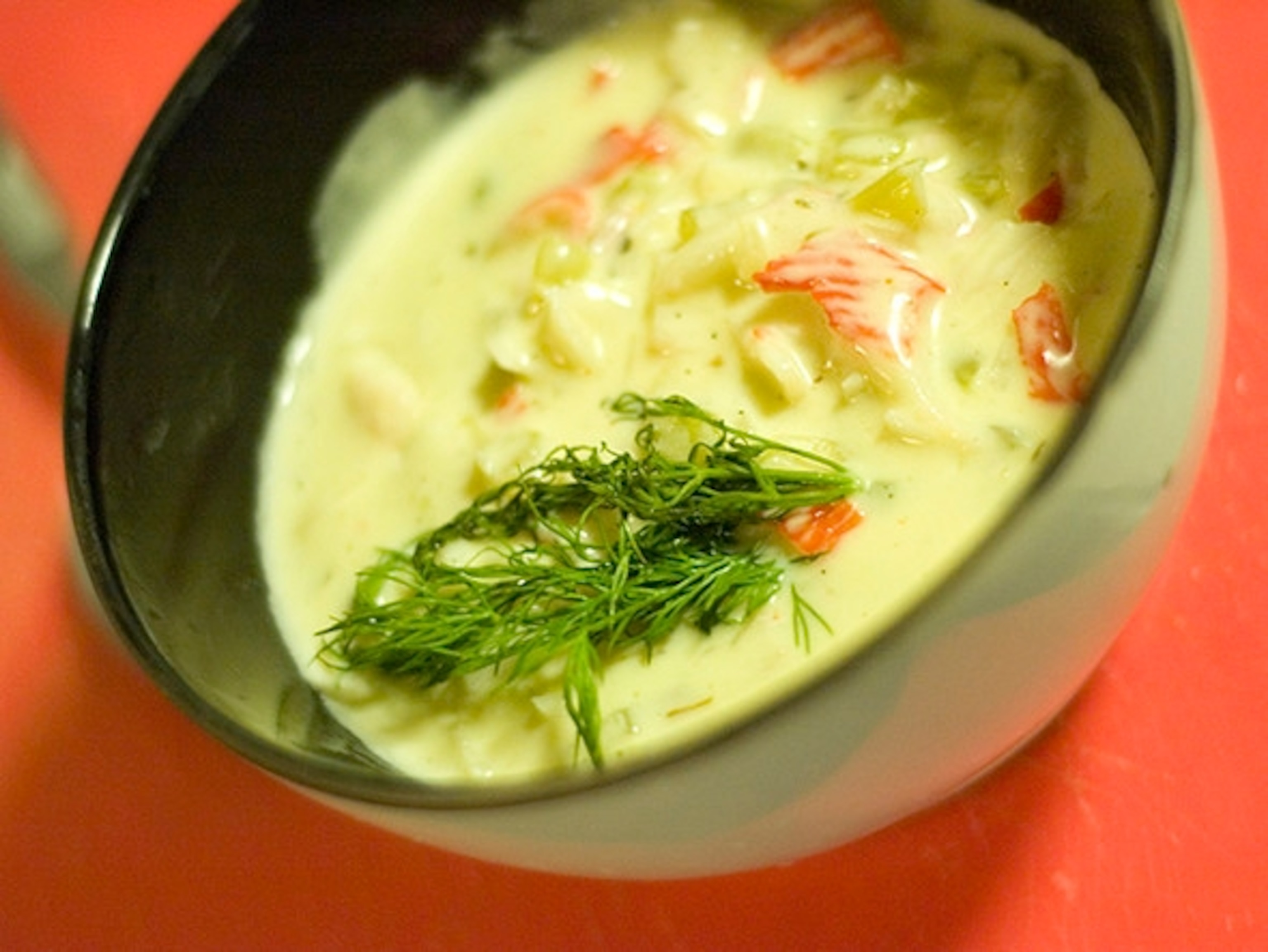
The Scottish Roots of She-Crab Soup
Before every Charleston, South Carolina restaurant started serving shrimp and grits to flocks of Lowcountry cooking’s denizens, there was she-crab soup. And according to National Geographic travel blogger Christine Blau, that soup–a cross between a chowder and a creamy bisque–has its roots in Scotland.
It turns out that she-crab soup is a twist on partan bree, a common dish among the Scottish immigrants to the Charleston area in the early 1800s. Parten in Scots Gaelic means crab, bree in Lowland Scots means broth or brew, liquor or essence. Rice would have been an unusual ingredient in Scotland, but that may be where the South Carolina connection comes in.
“Scottish cookbooks, common among the inventories of the planter class, included recipes for the soup thickened with rice,” John Martin Taylor, author of Hoppin’ John’s Lowcountry Cooking, tells Blau.
Legend has it that what makes the soup particularly special, and a dish fit for a visiting President Howard Taft, is the bit of female crab roe added for its bright orange color and chewy texture just before serving, Blau says.
For more on the soup’s history, and where to find it while visiting Charleston, check out Blau’s post here on our Taste of Travel blog.





